By Capt. Don Sanders
Special to NKyTribune
(The riverboat captain is a storyteller, and Captain Don Sanders is sharing the stories of his long association with the river — from discovery to a way of love and life. This story was first told in 2021.)
I was born before television became a required fixture in every American home. Radio provided the primary contact with the world beyond our family home on 41st Street in Latonia, Kentucky, across the Ohio River from Cincinnati. Besides our standup Zenith floor model radio, my parents subscribed to the Kentucky edition of the morning Cincinnati Enquirer. A choice existed between either the Kentucky Post or the Times-Star each afternoon. I recall my parents getting the Post while my grandparents subscribed to the other post meridiem newspaper. In those days, papers cost a nickel or a dime.

My primary teachers at 8th District School turned me into a respectable reader before the 2nd grade. Undeniably, the second grade. The year was 1947, I’m sure. That was also the year the Coney Island sidewheeler, the ISLAND QUEEN, exploded and burned in Pittsburgh at the Foot of Wood Street precisely one week to the day after school started. For hours, I stayed glued to the radio and the papers for the latest accounts of the tragedy that killed 19 crew members, blew out the windows of many downtown Pittsburgh buildings, and melted the paint on cars parked a block away, according to the reports.
Before my 18th birthday, my professional river career began on the steam paddlewheel excursion boat, the AVALON, whose Master, or “Captain,” Ernest E. Wagner, was onboard the ISLAND QUEEN when the better part of her sailed heavenward along with the souls of 19 crewmen and women. Wagner, a giant of a man, survived while saving the life of at least one other man he stumbled on in the smoke, heat, and confusion after thousands of gallons of heavy fuel oil exploded and dropped in flames on the primarily wooden steamboat.
Cap’n Wagner often retold the story, and each time it remained unchanged.

“Big Cap,” as he is fondly remembered by those who knew him well, was “standing” gate watch on the bow of the steamer tied up at the end of Wood Street. With only crew aboard, Chief Engineer Freddy Dickow came to the bow to talk to Wagner, who was the Mate and not the skipper of the steamboat often remembered as “Big Liz.”
While they were chatting, the Master, Captain Charles N. Hall, approached the heel of the stage swung from the deck out to the shore. While about to step onto the 50-foot stage, Cap’n Hall placed his hand on a stanchion post where the portable walkway lay on the steel deck of the ISLAND QUEEN. As his hand rested on the post, he noticed a slight wobble and called out, “Say, Chief, this here stanchion’s loose. How about getting it welded up before we start loading passengers.”
So off to collect his welding gear, the Chief went, and when he returned just before the changing of the bow watch at noon, Chief Dickow asked, “Ernie, this welding won’t take long. Why don’t you hang around, and we’ll go to lunch as soon as I’m, though?”

“Naw, Freddy,” Wagner replied. “I’ve got watchman duties on the dancefloor tonight, and I’m skipping lunch and get some shuteye before we start loading.”
That said, Mate Wagner excused himself and promptly withdrew to his quarters in the Officer’s Quarters, stripped to his skivvy drawers and tee-shirt, and climbed into the bunk. Meanwhile, on the bow, Chief Freddy unwound the hoses to the gas-welder, lit the torch, and brought the flame close to the base of the stanchion to begin the process of welding it to the deck as Captain Hall requested earlier.
The ISLAND QUEEN burned heavy, Number.6, Bunker C fuel oil beneath her six boilers generating live steam to power her two 30-foot side paddlewheels and all the other machinery and equipment powered by the hot vapor. Steam also generated electricity for its many requirements on the vessel, from the popcorn makers to the thousands of light bulbs scattered throughout the 22-year-old steamboat.
Beneath the steel deck where Chief Dickow knelt to get as close to the two metals needing mending, the space beneath the plating was a vast cauldron of Bunker C fuel heated to a temperature of some 140 degrees. The heat made the ordinarily tar-like oil as thin as the rich, black coffee in the QUEEN’s concession stand urns. The difference was, of course, the fervid vapor seething underneath the engineer lay primed to ignite at the slightest provocation.

“No sooner had I’d gotten asleep,” Wagner recalled, “I thought the boilers had done blowed up.”
Moments earlier, as Chief Dickow’s gas welding torch contacted the stanchion post where it joined the deck, the flame burned through a thin spot on the sheeting where water had likely collected over the years and rusted. Just a thin crust lay between the fuel compartment and the atmosphere. As soon as the flame entered the chamber and contacted the volatile vapor above the pool of heated oil, the ISLAND QUEEN shuttered as the fumes ignited. The force of the resulting explosion erupted like a volcano throwing the burning oil high into the air, where it fell and covered the steamboat in an inferno of flames.
“My first impulse was to get dressed and see if I could help, but the smoke, heat, and flames made me realize I was about to be trapped if I didn’t get out of there and off the ISLAND QUEEN.”
Standing 6-feet-six-inches and weighing over 250 pounds, the majestic Mate got nearly as far as the railing over the water when he realized his wallet and weekly pay still lay on the nightstand next to his bed. As Wagner struggled toward his room in the thick smoke and heat, he stumbled on the figure of a man who lay doubled up on the companionway deck. By then, flames were already licking too close to continue, so he leaned down, picked up the fellow, carried him to the outside railing above the river, where both jumped into the Monongahela River. Moments later, an awaiting boat saved them.

“He was a ‘band-boy,’” Cap often told. “He’d given up and was waitin’ to die and would’ve if I hadn’t forgot my money.”
The “band-boy,” a member of the Clyde Trask Orchestra, the regular musical ensemble aboard the steamboat, suffered burns and smoke inhalation, as did Mate Wagner. However, after the U. S. Coast Guard awarded Ernie Wagner his Masters’s License, he became the legendary Master of the Steamers AVALON and the DELTA QUEEN.
Little did I realize in September 1947, as I stayed glued to every word out of Pittsburgh coming over the airwaves and in print concerning the fate of the ISLAND QUEEN, what connections I would eventually enjoy with steamboats and the survivor who distinguished himself during that dreadful experience.
Captain Wagner carried scars to the grave from the ISLAND QUEEN disaster. While recovering in the hospital, someone presented Big Cap his wallet found with all the money inside but singed around the edges of the dollars. “I always wished I’d kept some of those burned bills as a souvenir of that day,” he usually lamented whenever he finished telling the tale.


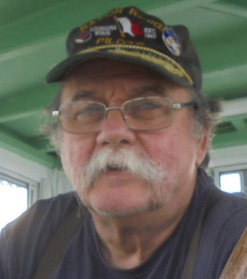
Captain Don Sanders is a river man. He has been a riverboat captain with the Delta Queen Steamboat Company and with Rising Star Casino. He learned to fly an airplane before he learned to drive a “machine” and became a captain in the USAF. He is an adventurer, a historian and a storyteller. Now, he is a columnist for the NKyTribune, sharing his stories of growing up in Covington and his stories of the river. Hang on for the ride — the river never looked so good.



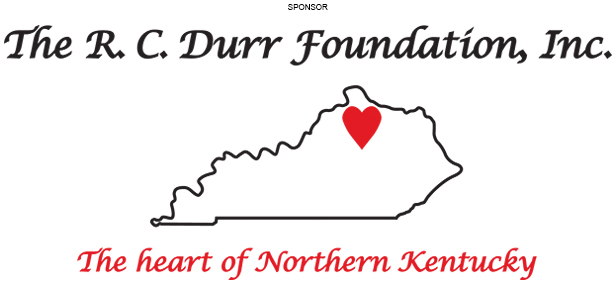





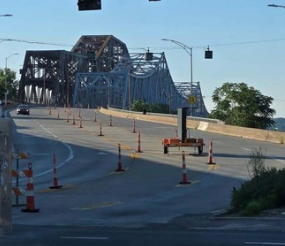

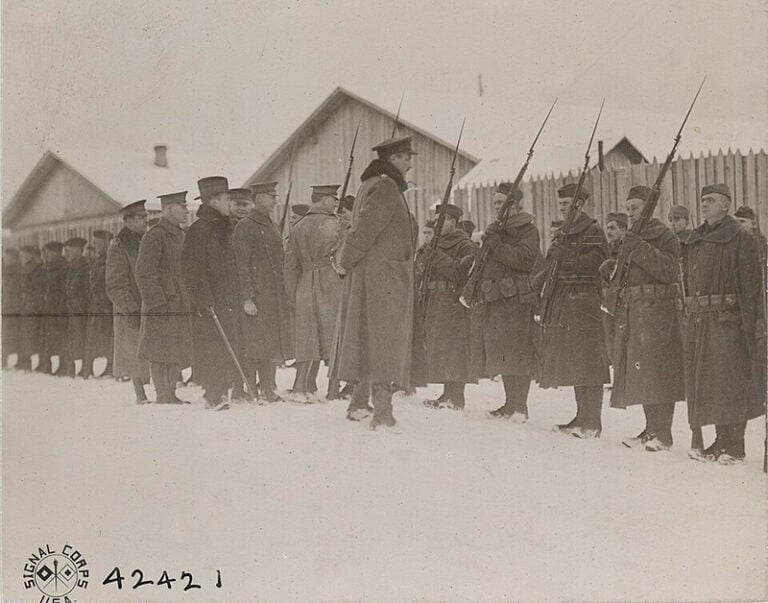
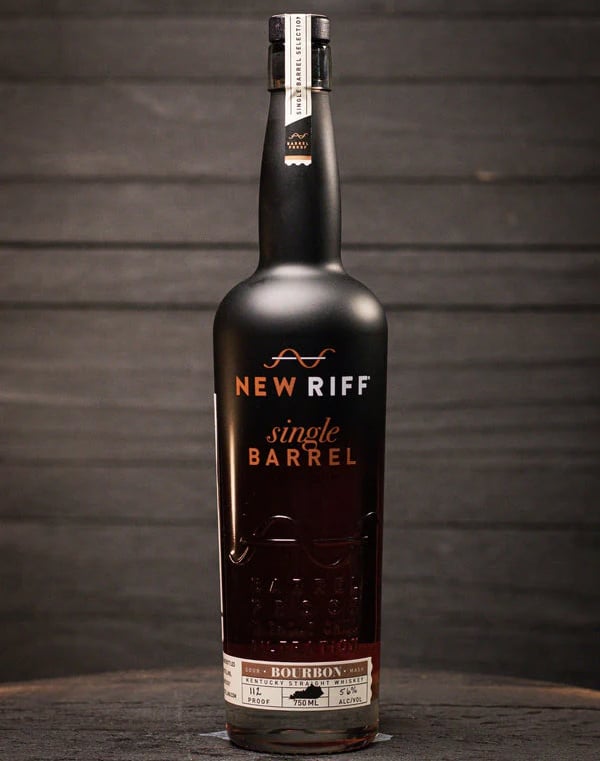

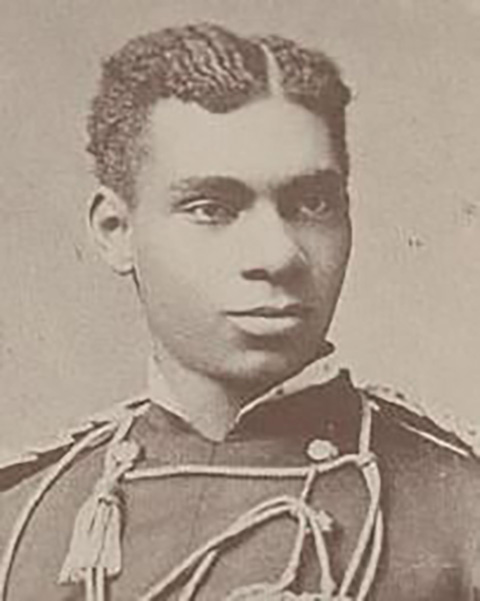
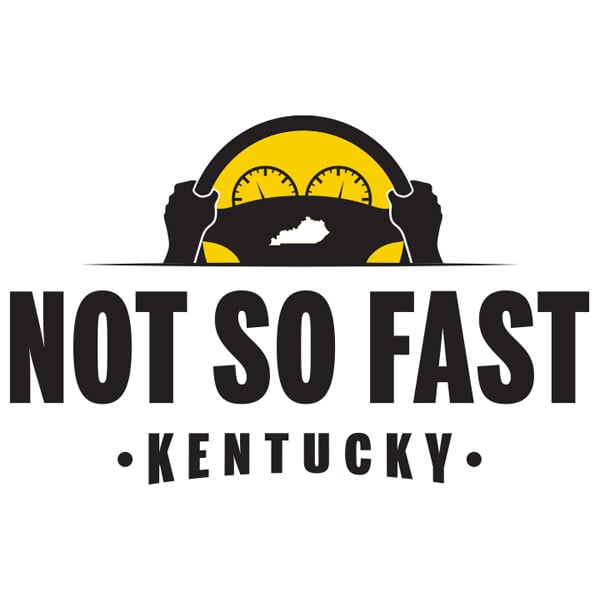


Thanks again for another interesting peek into the history of the river!
Thanks, everyone… much appreciated.
Thanks for publishing this fantastic story. Its historical nature and the interest it holds for me and several of my river pilot friends, serves to make it all the more interesting. Over the years, I have read numerous accounts of steam packets and passenger vessels and always find them to be of great interest, especially on the rivers I have myself piloted during my career. Pittsburgh is of special interest as a river port, due to the confluence of three rivers and all the connecting bridges.
Please give us more articles like this one. They are always appreciated by my colleagues and me.
Thanks again for this account of an historical event which had a direct bearing on the development of the vital marine transportation industry in our country!
David Dorrell
Thanks Capt Don & the NKy Tribune for bringing this memory to life. I’d often heard the tale from my Dad who was a licensed ” Master Pilot” himself in 1947. My Dad knew & was friends with ” Big Cap” whom I met, like Michael Gore,at an young age & also was awed to meet him . But
I Ididn’t fully grasp the connection to Dad’s story & the Capt I loved to watch work the Delta Queen until years later.. Thank you Capt Don for bringing “Big Cap’s” heroics to life & explaining the tragedy that so impacted the entire river community. It still reverberates in river life in this day & age . We feel the heat & smell the smoke & sense the timing that allowed him to save another life.
I really appreciate the sense of being there. I can’t wait for more of your great ‘bringing the past to life ‘ articles.
Devastating and fascinating story of the tragedy and heroism of men like the Captain/
Always enjoy your retelling of the boats on our rivers. Please keep them coming !!!
Thank you
This is quite a story. I never knew the story of how and why the Island Queen burned. It was a wonder it hadn’t happened before this incident..
Thank you for this story Captain Don. I know how much my Mom enjoyed riding the Island Queen in her late teens and early twenties. As my Mom passed away four years ago, I’m so happy to have this story to give me some perspective ❤️
In the summer of 1968, as a recently infected river rat boy and with an awe I will always remember, I got to place my small hand in the “YUGE” hand of Capt. Ernest Wagner’s for my first handshake and meeting with a genuine steamboat captain during a local day excursion on the DELTA QUEEN. I had no idea at the time of his heroics and survival from the ISLAND QUEEN’s explosion until many years later. When I eventually read about it, I remember my childhood awe was renewed and multiplied. Thanks, Capt. Don, for bringing Capt. Wagner’s story to the fore from your memory’s eye and thanks to the NKYTribune for continuing Capt. Don’s flow of stories and events from rivers of life.